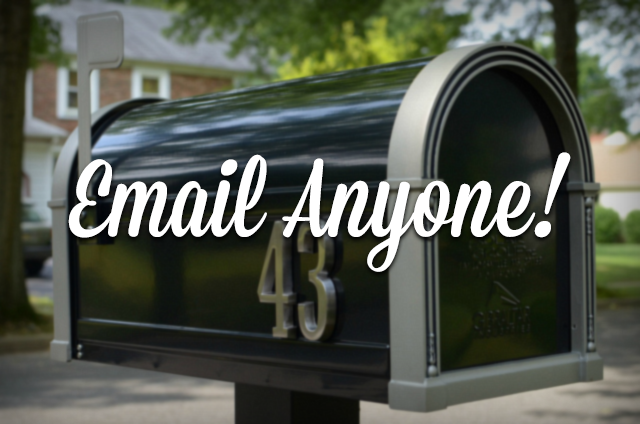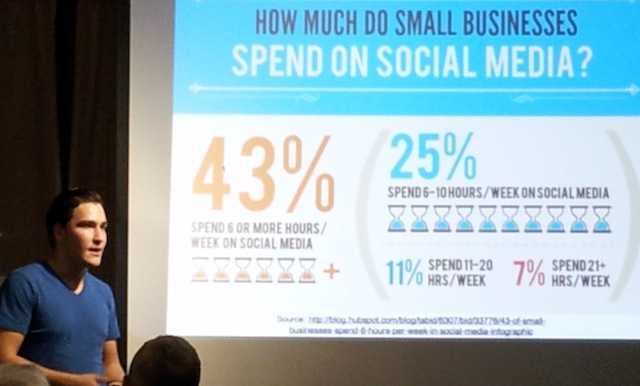In the fast-paced digital age, email communication is crucial, and many users rely on mobile devices to stay connected. Gmail, being one of the most popular email services, is widely used on Android devices. However, users occasionally encounter issues with Gmail notifications not working on their Android devices. In this troubleshooting guide, we will explore various potential causes and solutions to address this common problem.
I. Ensure Basic Settings are in Place
The first step in troubleshooting Gmail notification issues on Android is to ensure that the basic settings are correctly configured. Users should check the following:
Sync Settings: Confirm that synchronization is enabled for Gmail. Navigate to Settings > Accounts > Google > [Your Gmail Account] and make sure “Sync Gmail” is turned on.
Notification Settings: Go to Settings > Apps > Gmail > Notifications and ensure that notifications are enabled. Additionally, check that the notification tone and vibration settings are configured to your preference.
Battery Optimization: Some Android devices have aggressive battery optimization settings that may affect app notifications. Navigate to Settings > Battery > Battery Optimization, find Gmail, and set it to “Don’t optimize” to ensure uninterrupted notifications.
II. Update Gmail App
Outdated apps can sometimes lead to compatibility issues, resulting in notification problems. Ensure that the Gmail app is up to date by visiting the Google Play Store, searching for Gmail, and selecting “Update” if available.
III. Clear Cache and Data
Corrupted app data or cache files can interfere with the proper functioning of Gmail notifications. To address this, follow these steps:
Go to Settings > Apps > Gmail.
Tap on “Storage.”
Select “Clear Cache” and “Clear Data.”
Note: Clearing data will log you out of your Gmail account, so be sure to remember your login credentials.
IV. Check Do Not Disturb Settings
Android devices have a “Do Not Disturb” feature that can prevent notifications from appearing. Ensure that Do Not Disturb is not enabled, or configure it to allow Gmail notifications during specified times.
Go to Settings > Sound > Do Not Disturb.
Adjust the settings to allow exceptions for Gmail notifications.
V. Investigate App-Specific Issues
Sometimes, app-specific issues can cause Gmail notifications to malfunction. Consider the following steps:
Uninstall and Reinstall: Remove the Gmail app from your device, restart it, and reinstall the app from the Google Play Store.
Test on Another Device: If possible, check if the issue persists on a different Android device. This can help determine if the problem is device-specific.
VI. Review Gmail Web Settings
Changes made to Gmail settings on the web version can affect notifications on the mobile app. Verify the following web settings:
Open Gmail on a web browser.
Go to Settings > See all settings > General.
Check the “Desktop notifications” settings and ensure they are configured correctly.
VII. Disable Battery Optimization
Some Android devices aggressively optimize battery usage, leading to delayed or missed notifications. To disable battery optimization for Gmail:
Go to Settings > Apps > Gmail.
Tap on “Battery.”
Disable battery optimization for Gmail.
VIII. Ensure Background Data is Enabled
Gmail relies on background data to provide timely notifications. Confirm that background data is enabled for your device:
Go to Settings > Data usage.
Ensure that “Background data” is enabled.
IX. Check for System Updates
Ensure that your Android device’s operating system is up to date. System updates may include bug fixes that can address issues with app notifications.
Conclusion
Addressing Gmail notification issues on Android involves a systematic approach, checking various settings and configurations. By following the troubleshooting steps outlined in this guide, users can identify and resolve the root cause of the problem, ensuring that Gmail notifications work seamlessly on their Android devices. If the issue persists after trying these solutions, consider reaching out to Google Support or the device manufacturer for further assistance.


